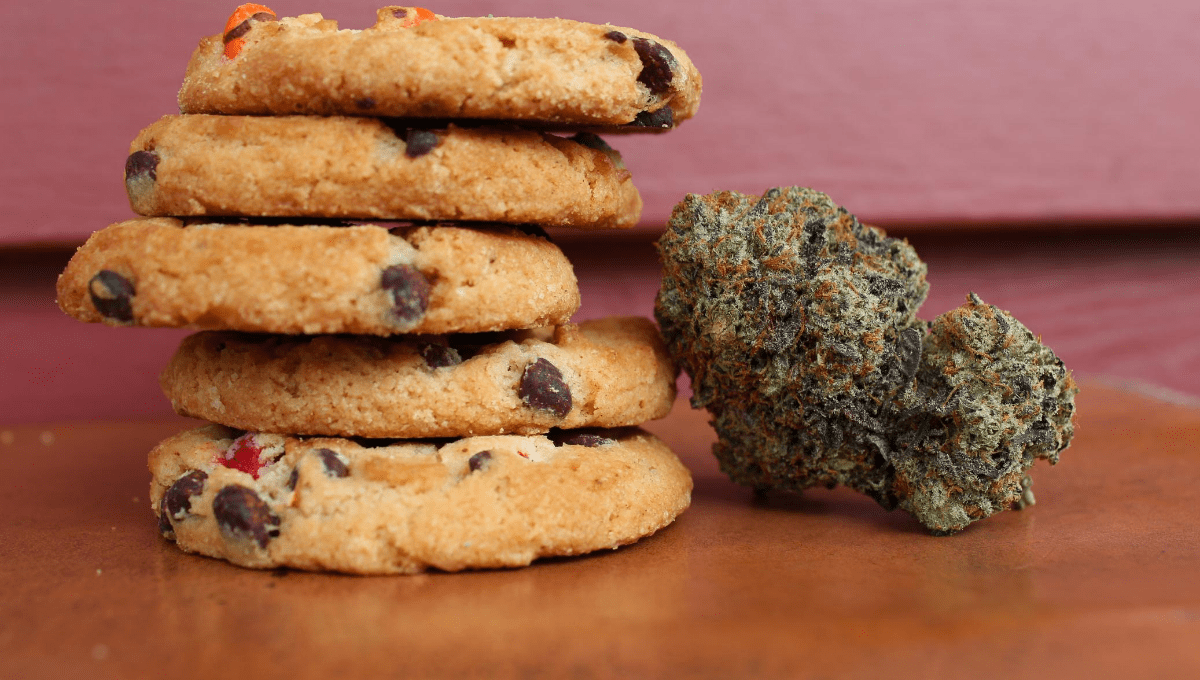
Trends in the Canadian Edibles Market – Cannabis News, Lifestyle
For those curious about cannabis, edibles are a great alternative to smoking. However, eating too much or too much food has always been a problem. In high doses, THC can act more like a psychedelic. For this and other reasons, Canadian regulators have decided to limit edible cannabis products to 10 mg THC. Despite these limitations, Canadian grocery brands are attracting consumers in other novel ways. Whether through unique flavors or different cannabinoid ratios. Brands do everything they can to innovate and engage consumers. Here are some of the latest trends in the Canadian cannabis market.
Trends in THC/CBD ratios

As mentioned earlier, cannabinoid ratios are one way to tell edibles apart. Edibles with a balanced ratio of 1:1 THC and CBD have proven to be the most popular in Canada. The 1:1 products make up 75% of the edible market. This is not surprising since CBD modulates the effects of THC.
Studies suggest that CBD interferes with THC’s ability to bind to the CB1 receptor in the brain. This means that an edible with a 1:1 balance will not produce the potent effects associated with THC edibles. This is good news for cannabis inquisitive minds who may be scared of their edible experience. However, this can be negative for a cannabis connoisseur who already finds the 10mg THC cap restrictive.
While edibles are limited to 10mg, many products offer split servings of 2.5mg or 5mg. 10mg packs dominate the edible chocolate and bakery market. While 5mg has proven to be the most popular for candy.

Edible rosin hash products
Another trend in the Canadian edibles market is the introduction of hash resin-based edibles. Hash rosin is a solvent-free extract rich in terpenes. Priced higher than regular cannabis candies, soft chews containing hash rosin have certain advantages. The premium gum offers a distillate-infused experience that appreciates the taste of the terpenes.
While trends in the Canadian edibles market cannot innovate on the rule of simple packaging, many manufacturers are opting for bright colors to differentiate themselves. It’s not uncommon to find edibles in light pink or light green packaging, as opposed to the neutral black and white containers often reserved for flowers.
It’s a good idea to keep an eye on trends in the Canadian edibles market if (or if) regulations ever relax. There’s plenty of room for innovation, especially once the basic packaging and THC limit rules are scrapped.
footnote(s)
Brightfield Group; Distribution trends in Canada, February 2022

Post a comment: